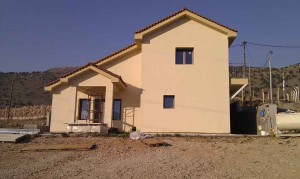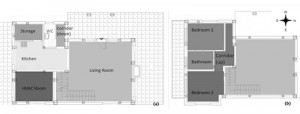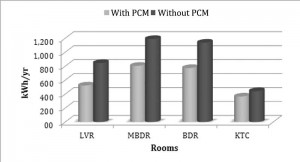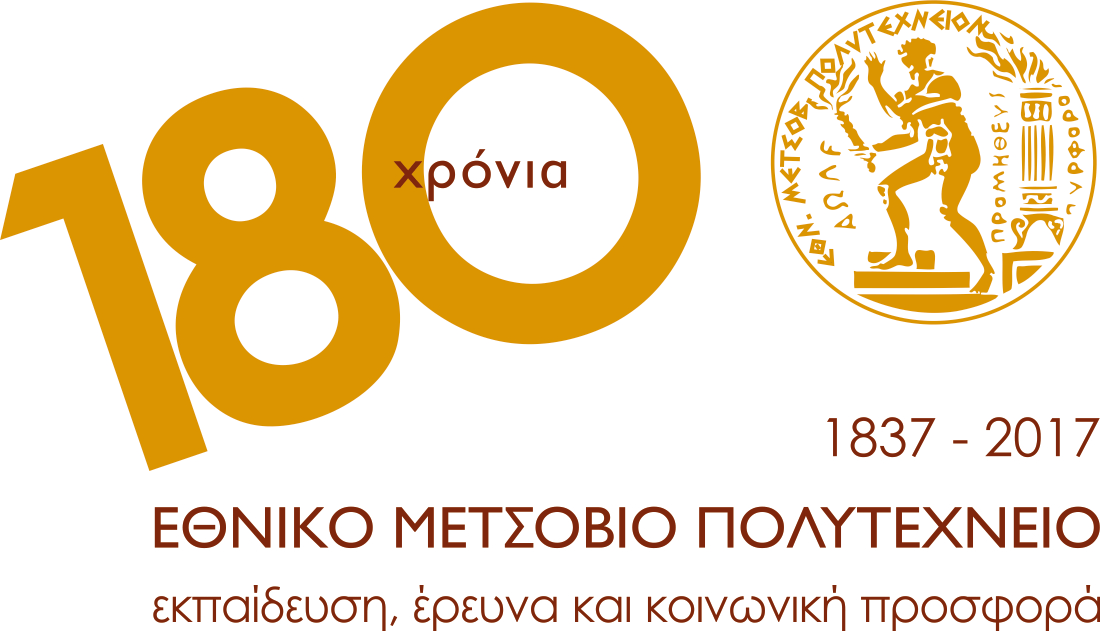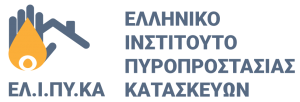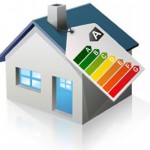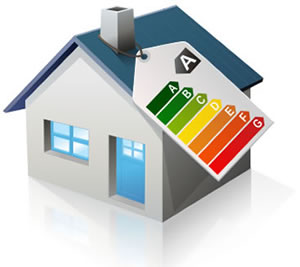
Towards the direction of NZEBs, the development of dedicated computational tools to accurately predict heat transfer and energy storage phenomena in buildings is essential. At HMCS, the numerical study on the thermal performance of buildings is carried out with in-house developed and validated tools, coupled with commercial software when needed. The computational tools developed account for either building or district cases.
Building energy simulation
Recently, the effectiveness of PCM gypsum boards installed in a lightweight residential building in Greece is assessed. The computational model used is an in-house developed, validated, coupled TRNSYS and MATLAB solver, using the PCM specific heat variation curve of the PCM gypsum boards. The energy performance of the building is examined, in order to quantify the effect of PCM in the annual cooling load needs.
The thermal performance of the building is investigated, taking into account various parameters such as:
- infiltration, glazing
- humidity
- occupancy profiles, internal gains
- natural or mechanical ventilation (HVAC)
- climatic conditions
Demo House in Amfilochia, Greece
The demo house has been built within the frame of the EU-NMP funded projects I-SSB, MESSIB and FC-District. The house comprises a load-bearing steel frame, combined with gypsum plasterboard wall assemblies. PCMs are incorporated in all internal walls and internal partitions. It is a two-storey building with a typical Greek family residential arrangement plan. The temperature and heat flux through building components along with the indoor air temperatures are continuously monitored. The demo house is modelled as a ‘multi-zone’ building and is divided in eight thermal zones. The energy performance of the building is examined, in order to quantify the effect of PCM in the annual cooling load needs. It is shown that an average reduction of 27% of the annual cooling loads of the house can be anticipated, when PCMs are implemented in the building’s internal walls and partitions. Potential bigger energy savings are investigated by carrying out a parametric study regarding PCM gypsum boards with different phase change temperature range
- Demo house
- Ground & First Floor
- Annual cooling savings
| Contact Person(s) | Dr. Dimitrios Katsourinis Dr. Marianna Stamatiadou |
|
| Relevant Project(s) | MESSIB FC-District |
|
| Relevant Publication(s) | – Stamatiadou, M., Katsourinis, D., Founti, M., Antonopoulos, K.A., 2013. Investigation of natural ventilation impact on the effectiveness of PCM boards installed in a Mediterranean Residential Building, in: Proceedings of the 2nd International Conference on Sustainable Energy Storage in Buildings. Presented at the SESB 2013, Trinity College, Dublin, Ireland, pp. 252–255.– Romero-Sánchez, M.D., Guillem-López, C., López-Buendía, A.M., Stamatiadou, M., Mandilaras, I., Katsourinis, D., Founti, M., 2012. Treatment of natural stones with Phase Change Materials: Experiments and computational approaches. Applied Thermal Engineering 48, 136–143. doi:10.1016/j.applthermaleng.2012.05.017– Katsourinis, D., Stamatiadou, M., Founti, M., Romero-Sánchez, M.D., López-Buendía, A., 2010a. Experimental and Numerical Investigation of Thermal Energy Storage in Natural Stone Treated with PCMs, in: TG66-Special Track 18th CIB World Building Congress May 2010 Salford, United Kingdom. p. 83. |
